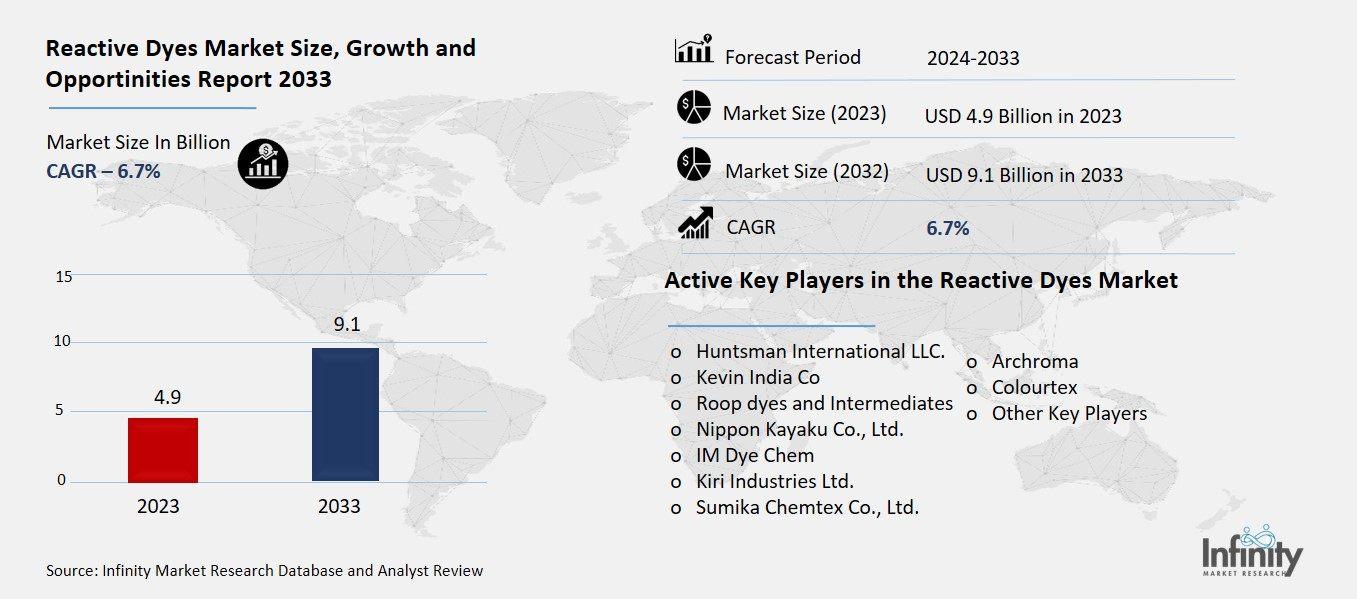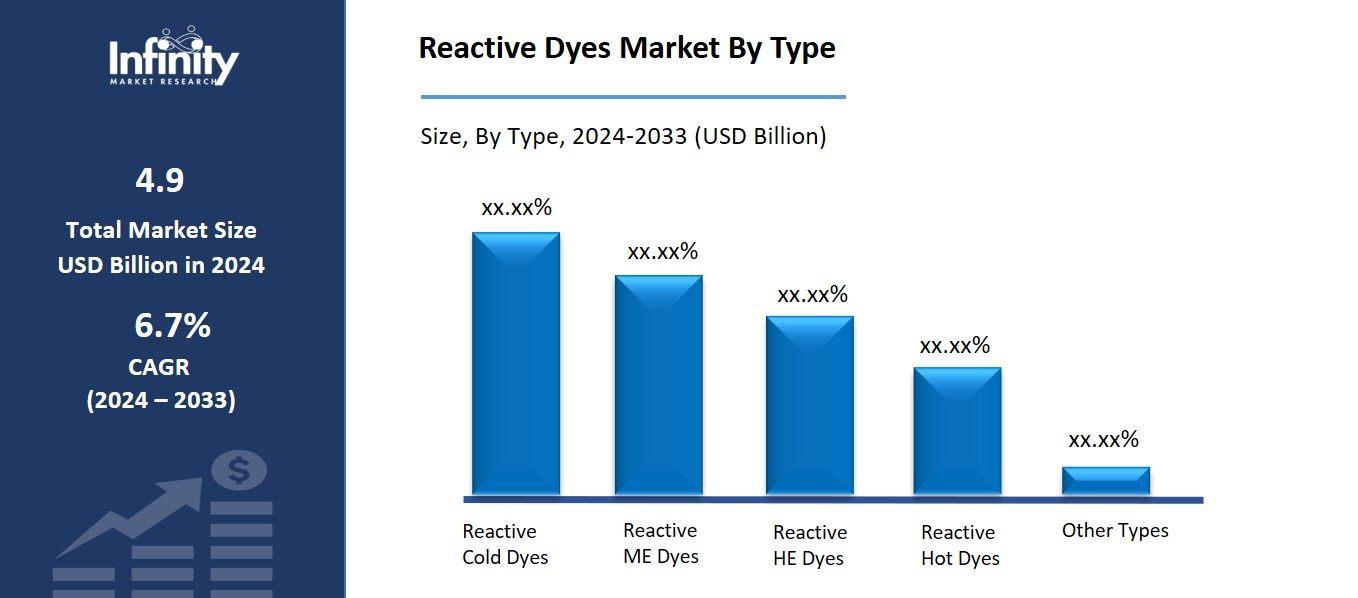
🔐 Secure Payment Guaranteed
Safe checkout with trusted global payment methods.
🌟 Why Choose Infinity Market Research?
At Infinity Market Research, we dont just deliver data — we deliver clarity, confidence, and competitive edge.
In a world driven by insights, we help businesses unlock the infinite potential of informed decisions.
Here why global brands, startups, and decision-makers choose us:
Industry-Centric Expertise
With deep domain knowledge across sectors — from healthcare and technology to manufacturing and consumer goods — our team delivers insights that matter.
Custom Research, Not Cookie-Cutter Reports
Every business is unique, and so are its challenges. Thats why we tailor our research to your specific goals, offering solutions that are actionable, relevant, and reliable.
Data You Can Trust
Our research methodology is rigorous, transparent, and validated at every step. We believe in delivering not just numbers, but numbers that drive real impact.
Client-Centric Approach
Your success is our priority. From first contact to final delivery, our team is responsive, collaborative, and committed to your goals — because you re more than a client; you re a partner.
Recent Reports
Global Myopia Control Lenses Market Report 2025-33
Hyaluronic Acid-based Dermal Fillers Market Report
Reactive Dyes Market
Reactive Dyes Market Global Industry Analysis and Forecast (2024-2033) by Type (Reactive Cold Dyes, Reactive ME Dyes, Reactive HE Dyes, Reactive Hot Dyes, and Other Types), Function (Monochlorotriazine, Bi-Functional, Vinyl Sulphone, and Other Functions), Application (Cotton, Nylon, Leather, Paper, and Other Applications) and Region
Jun 2025
Chemicals and Materials
Pages: 138
ID: IMR2076
Reactive Dyes Market Synopsis
The global reactive dyes market was valued at USD 4.6 billion in 2023 and is expected to grow from USD 4.9 billion in 2024 to USD 9.1 billion by 2033, reflecting a CAGR of 6.7% over the forecast period.
The global industry involved in making, distributing and using them is known as the reactive dyes market. People appreciate these dyes for being vivid, sturdy in washing and available in many different shades. The textile and apparel sectors are growing rapidly both in advanced and emerging economies such as India, China and Bangladesh. Furthermore, people buying textiles that last and function well inspire scientists to come up with new ideas for reactive dyes.

Reactive Dyes Market Driver Analysis
Strong Colorfastness and Affordability
Reactive dyes are appreciated in the textile industry because they keep clothes looking bright for a long time, thanks to their bonding properties. They link to the molecules of the fiber, especially cotton, producing wash fastness and making the colors last longer. Because of this, reactive-dyed clothes and textiles stay colorful and sturdy despite being washed several times or exposed to sunshine. Reactive dyes also save money on big textile orders, as there is less need for additional or new dyeing steps because of their firm color. Since they can work with dyeing machines and provide a wide selection of shades, mass textile and apparel production is more appealing with them.
Reactive Dyes Market Restraint Analysis
Complex Wastewater Treatment
The filtration of dye waste during reactive dyeing is a complicated process that also costs a lot, making it difficult for textile manufacturers. While reactive dyes bind closely with fibers, some of the dye becomes waste that contaminates the water supply. Since they are linked differently, these dyes are difficult to remove by usual techniques since they are well-solved in water. As a consequence, advanced processes such as membrane filtration, activated carbon treatment or advanced oxidation are often required to clean the water by removing the pollutants. Enforcing and maintaining these equipment increases costs and energy consumption for manufacturing companies. Besides, having to hand adhere to tough environmental rules puts additional burdens on the business, so focusing on wastewater management is crucial in reactive dye operations.
Reactive Dyes Market Opportunity Analysis
Expanding E-commerce and Fashion Retail
A rise in online shopping for textiles has led to a strong increase in global demand for textiles, raising the amount of reactive dyes consumed. People can easily find many different types of apparel and household textiles online through these platforms, leading them to purchase them frequently due to fast fashion and changing seasons. Due to higher demand for textiles, factories must design and manufacture more clothes and fabric items, so they must dye them quickly and effectively. The use of reactive dyes, whose colors are impressive and last long on cellulose materials, is widespread in this production setting. Because online retail is increasing where more people have access to the internet and smartphones, demand for reactive dyes in these regions is anticipated to grow as well.
Reactive Dyes Market Trend Analysis
Digitization in Textile Processing
The use of digital dyeing and printing has improved how efficiently textiles are made and has helped protect the environment. Unlike dyeing textiles using water, tanks and chemicals for long hours, digital dyeing uses little or no water and applies dye precisely and quickly to the fibers. Doing so saves on water, chemicals, energy and time taken to complete the process. Moreover, digital printing supports just-in-time manufacturing and provides designers with plenty of flexibility, making it easier for manufacturers to deliver enough work but with less excess inventory. Since sustainability and being efficient are now main goals, more companies are turning to digital dying and printing to support environmentally friendly and economical textile production.
Reactive Dyes Market Segment Analysis
The Reactive Dyes Market is segmented on the basis of Type, Function, and Application.
By Type
o Reactive Cold Dyes
o Reactive ME Dyes
o Reactive HE Dyes
o Reactive Hot Dyes
o Other Types
By Function
o Monochlorotriazine
o Bi-Functional
o Vinyl Sulphone
o Other Functions
By Application
o Cotton
o Nylon
o Leather
o Paper
o Other Applications
By Region
o North America (U.S., Canada, Mexico)
o Eastern Europe (Bulgaria, The Czech Republic, Hungary, Poland, Romania, Rest of Eastern Europe)
o Western Europe (Germany, UK, France, Netherlands, Italy, Russia, Spain, Rest of Western Europe)
o Asia Pacific (China, India, Japan, South Korea, Malaysia, Thailand, Vietnam, The Philippines, Australia, New-Zealand, Rest of APAC)
o Middle East & Africa (Turkey, Bahrain, Kuwait, Saudi Arabia, Qatar, UAE, Israel, South Africa)
o South America (Brazil, Argentina, Rest of SA)
By Type, Reactive Cold Dyes Segment is Expected to Dominate the Market During the Forecast Period
The types discussed in this research study, the reactive cold dyes segment is expected to account for the largest market share of reactive dyes market in the forecast period. Most dyes of this type are used at low temperatures (about 30°C to 40°C), so they are gentle on clothing and power-saving. Because they have an intense color, a high adhesion rate and good durability during washes, reactive cold dyes make it easier to produce quality clothes and home goods. Since they are well suited to cotton, viscose and linen, they find use in multiple branches of the textile industry. Since the industry is focusing on saving energy and making processes more environmentally friendly, the demand for cold reactive dyes will continue to rise during the forecast period.

By Function, the Monochlorotriazine Segment is Expected to Held the Largest Share
The Monochlorotriazine segment is likely to dominate the market on account of its widespread use and well-established performance in textile dyeing. MCT dyes are recognized for reacting very well with cellulose, creating strong links that provide good resistance to washing and sunlight. They are less expensive, simple to use and matching to usual textile dyeing methods, so manufacturers appreciate them. Besides, MCT-based reactive dyes are suitable for both exhaust and continuous dyeing, increasing their value in various industries. Due to the strong desire for strong and durable dyes, the monochlorotriazine group should stay after for the next few years.
By Application, the Cotton Segment is Expected to Held the Largest Share
The cotton segment is projected to hold the largest share of the reactive dyes market by application, primarily due to the high global demand for cotton-based textiles and garments. The textile industry prefers cotton because it is soft, breathable and comfortable, making it perfect for use in clothing, around the house and in industry. As reactive dyes bond strongly with cotton cellulose, they result in lively colors that remain intact during washing. Since more cotton garments are being produced in India, China and Bangladesh, reactive dyes continue to see rising demand. Also, as more people are drawn to attractive and high-quality cotton clothing, this helps the segment control a higher share in the global reactive dyes market.
Reactive Dyes Market Regional Insights
Asia Pacific is Expected to Dominate the Market Over the Forecast period
The Asia Pacific region is anticipated to dominate the reactive dyes market during the forecast period, driven by its status as the world’s largest textile manufacturing hub. The countries of China, India, Bangladesh and Vietnam have a developed textile and apparel sector thanks to plentiful raw material, inexpensive labor and growing amounts of money put into the industry. The increased demand in Asia for cotton and similar textiles encourages manufacturers to use reactive dyes. In addition, the rise in e-commerce and an increasing middle-class population is driving up textile and garment sales in Asia. Moreover, efforts from the government to boost sales of textiles and improve production help contribute to market growth. Despite challenges due to the environment, more factories in Asia Pacific are using sustainable dyeing methods, helping them keep their top spot in the reactive dyes industry.
Recent Development
In August 2022, Archroma and Huntsman Corporation entered into a legally binding agreement for the acquisition of the Textile Effects business.
Active Key Players in the Reactive Dyes Market
o Huntsman International LLC.
o Kevin India Co
o Roop dyes and Intermediates
o Nippon Kayaku Co., Ltd.
o IM Dye Chem
o Sumika Chemtex Co., Ltd.
o Archroma
o Colourtex
o Other Key Players
Global Reactive Dyes Market Scope
|
Global Reactive Dyes Market | |||
|
Base Year: |
2024 |
Forecast Period: |
2024-2033 |
|
Historical Data: |
2017 to 2023 |
Market Size in 2023: |
USD 4.6 Billion |
|
Market Size in 2024: |
USD 4.9 Billion | ||
|
Forecast Period 2024-33 CAGR: |
6.7% |
Market Size in 2033: |
USD 9.1 Billion |
|
Segments Covered: |
By Type |
· Reactive Cold Dyes · Reactive ME Dyes · Reactive HE Dyes · Reactive Hot Dyes · Other Types | |
|
By Function |
· Monochlorotriazine · Bi-Functional · Vinyl Sulphone · Other Functions | ||
|
By Application |
· Cotton · Nylon · Leather · Paper · Other Applications | ||
|
By Region |
· North America (U.S., Canada, Mexico) · Eastern Europe (Bulgaria, The Czech Republic, Hungary, Poland, Romania, Rest of Eastern Europe) · Western Europe (Germany, UK, France, Netherlands, Italy, Russia, Spain, Rest of Western Europe) · Asia Pacific (China, India, Japan, South Korea, Malaysia, Thailand, Vietnam, The Philippines, Australia, New-Zealand, Rest of APAC) · Middle East & Africa (Turkey, Bahrain, Kuwait, Saudi Arabia, Qatar, UAE, Israel, South Africa) · South America (Brazil, Argentina, Rest of SA) | ||
|
Key Market Drivers: |
· Strong Colorfastness and Affordability | ||
|
Key Market Restraints: |
· Complex Wastewater Treatment | ||
|
Key Opportunities: |
· Expanding E-commerce and Fashion Retail | ||
|
Companies Covered in the report: |
· Huntsman International LLC., Kevin India Co, Roop dyes and Intermediates, Nippon Kayaku Co., Ltd. and Other Key Players. | ||
📘 Frequently Asked Questions
1. What would be the forecast period in the Reactive Dyes Market Research report?
Answer: The forecast period in the Reactive Dyes Market Research report is 2024-2033.
2. Who are the key players in the Reactive Dyes Market?
Answer: Huntsman International LLC., Kevin India Co, Roop dyes and Intermediates, Nippon Kayaku Co., Ltd. and Other Key Players.
3. What are the segments of the Reactive Dyes Market?
Answer: The Reactive Dyes Market is segmented into Type, Function, Application, and Regions. By Type, the market is categorized into Reactive Cold Dyes, Reactive ME Dyes, Reactive HE Dyes, Reactive Hot Dyes, and Other Types. By Function, the market is categorized into Monochlorotriazine, Bi-Functional, Vinyl Sulphone, and Other Functions. By Application, the market is categorized into Cotton, Nylon, Leather, Paper, and Other Applications. By region, it is analyzed across North America (U.S.; Canada; Mexico), Eastern Europe (Bulgaria; The Czech Republic; Hungary; Poland; Romania; Rest of Eastern Europe), Western Europe (Germany; UK; France; Netherlands; Italy; Russia; Spain; Rest of Western Europe), Asia-Pacific (China; India; Japan; Southeast Asia, etc.), South America (Brazil; Argentina, etc.), Middle East & Africa (Saudi Arabia; South Africa, etc.).
4. What is the Reactive Dyes Market?
Answer: The reactive dyes market is focused on chemicals that ably bond with cellulose-based fibers like cotton, rayon and linen. Many textile businesses prefer these dyes as they produce vivid colors that stick well to fabrics and remain unchanged even through several washes. Increasing demand for better-quality clothing and fabrics in many parts of Asia-Pacific is what fuels the market, since this region leads in worldwide textile production. Compliance with environmental rules and concerns is encouraging factories to introduce eco-friendly dye formulas and fast wastewater treatment systems.
5. How big is the Reactive Dyes Market?
Answer: The global Reactive Dyes Market was valued at USD 4.6 billion in 2023 and is expected to grow from USD 4.9 billion in 2024 to USD 9.1 billion by 2033, reflecting a CAGR of 6.7% over the forecast period.


🔐 Secure Payment Guaranteed
Safe checkout with trusted global payment methods.
🌟 Why Choose Infinity Market Research?
- Accurate & Verified Data:Our insights are trusted by global brands and Fortune 500 companies.
- Complete Transparency:No hidden fees, locked content, or misleading claims — ever.
- 24/7 Analyst Support:Our expert team is always available to help you make smarter decisions.
- Instant Savings:Enjoy a flat $1000 OFF on every report.
- Fast & Reliable Delivery:Get your report delivered within 5 working days, guaranteed.
- Tailored Insights:Customized research that fits your industry and specific goals.




